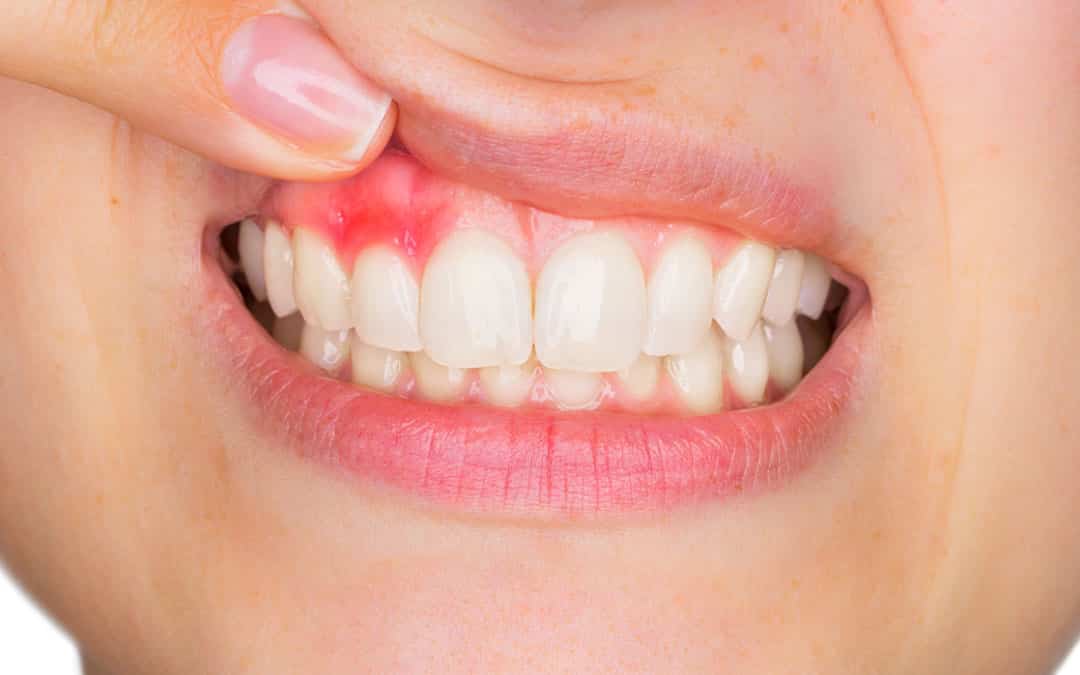Gingivitis: Facts about gingivitis
Gingivitis means inflammation of the gums, or gingiva. It commonly occurs because a film of plaque, or bacteria, accumulates on the teeth. Gingivitis is a non-destructive type of periodontal disease, but untreated gingivitis can progress to periodontitis. This is more serious and can eventually lead to loss of teeth.
Signs of gingivitis include red and puffy gums, that bleed easily when the person brushes their teeth. Gingivitis often resolves with good oral hygiene, such as longer and more frequent brushing, and flossing. In addition, an antiseptic mouthwash may help. In mild cases of gingivitis, patients may not even know they have it, because symptoms are mild. However, the condition should be taken seriously and addressed immediately.
Types
There are two main categories of gingival diseases:
Dental plaque-induced gingival disease: This can be caused by plaque, systemic factors, medications, or malnutrition.
Non-plaque induced gingival lesions: This can be caused by a specific bacterium, virus, or fungus. It might also be caused by genetic factors, systemic conditions (including allergic reactions and certain illnesses), wounds, or reactions to foreign bodies, such as dentures. Sometimes, there is no specific cause.
Causes
The most common cause of gingivitis is the accumulation of bacterial plaque between and around the teeth.
The plaque triggers an immune response, which, in turn, can eventually lead to the destruction of gingival, or gum, tissue. It may also, eventually, lead to further complications, including the loss of teeth.
Dental plaque is a biofilm that accumulates naturally on the teeth. It is usually formed by colonizing bacteria that are trying to stick to the smooth surface of a tooth.
These bacteria might help protect the mouth from the colonization of harmful microorganisms, but dental plaque can also cause tooth decay, and periodontal problems such as gingivitis and chronic periodontitis, a gum infection.
When plaque is not removed adequately, it can harden into calculus, or tartar, at the base of the teeth, near the gums. This has a yellow color. Calculus can only be removed professionally.
Plaque and tartar eventually irritate the gums, causing gum inflammation around the base of the teeth. This means that the gums might easily bleed.
Other causes and risk factors
Changes in hormones: This may occur during puberty, menopause, the menstrual cycle, and pregnancy. The gingiva might become more sensitive, raising the risk of inflammation.
Some diseases: Cancer, diabetes, and HIV are linked to a higher risk of gingivitis.
Drugs: Oral health may be affected by some medications, especially if saliva flow is reduced. Dilantin, an anticonvulsant, and some anti-angina medications can cause abnormal growth of gum tissue.
Smoking: Regular smokers more commonly develop gingivitis, compared with non-smokers.
Age: The risk of gingivitis increases with age.
Poor diet: A vitamin-C deficiency, for example, is linked to gum disease.
Family history: Those whose parent or parents have had gingivitis have a high risk of developing it too. This is thought to be due to the type of bacteria we acquire during our early life.
Signs and symptoms
In mild cases of gingivitis, there may be no discomfort or noticeable symptoms.
Signs and symptoms of gingivitis might include:
- bright red or purple gums
- tender gums that may be painful to the touch
- bleeding from the gums when brushing or flossing
- Halitosis, or bad breath
- inflammation, or swollen gums
- receding gums
- soft gums
Diagnosis
A dentist or oral hygienist will check for symptoms, such as plaque and tartar in the oral cavity. Checking for signs of periodontitis may also be recommended. This may be done by X-ray or periodontal probing, using an instrument that measures pocket depths around a tooth.
Treatment
If diagnosis happens early, and if treatment is prompt and proper, gingivitis can be successfully reversed. Treatment involves care by a dental professional, and follow-up procedures carried out by the patient at home.



